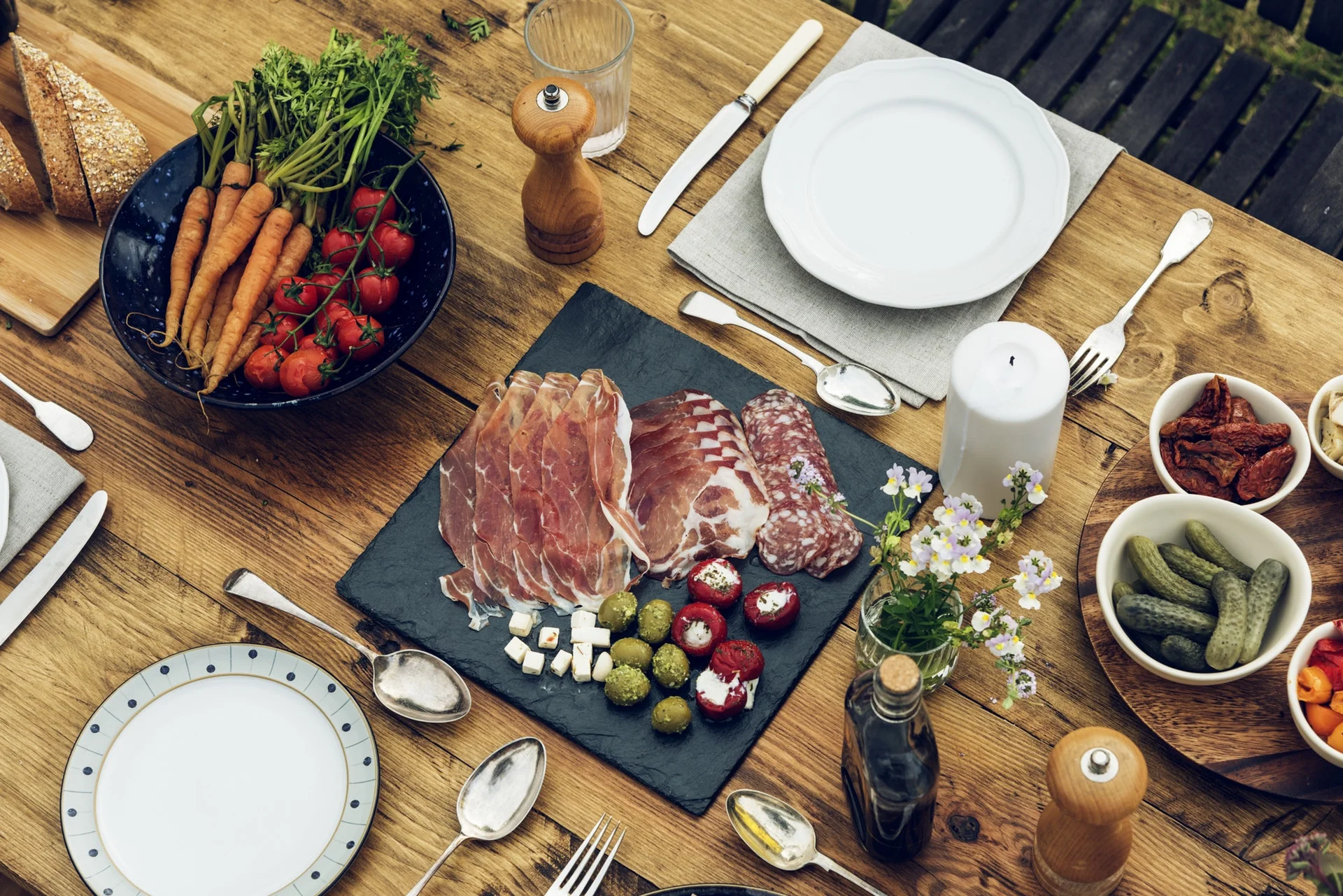By Devin Morrissey, Contributor
In recent years, the farm-to-table restaurant model has risen from relative obscurity into a worldwide phenomenon. It’s easier than ever for restaurants to purchase fresh, local foods and beverages, even in heavily populated urban areas. And in a logistical sense, farm-to-table is good for business.
Farm-to-table dining gives hungry guests something to feel good about. It utilizes less fossil fuels, often dramatically reducing a restaurant’s carbon footprint. Further, it helps support the local economy in a way that few national supply companies can match.
Behind the (Green) Scenes
But how practical is the farm-to-table approach? It depends on the size of your restaurant and the menu options. Fortunately, today’s restaurant owners and managers have more fresh, local choices than ever before. From small-scale breweries and wineries to urban chicken coops and community gardens, city dwellers provide a unique avenue for successful farm-to-table dining.
Including locally grown, seasonal produce in a variety of dishes helps a restaurant cultivate a green, eco-friendly reputation. Early farm-to-table proponents felt that knowing a food’s source helps form a tangible link between food and the seasons. It also virtually eliminates some logistical issues, including shipping delays.
Any event that restricts transportation can mean that some foods can’t reach your restaurant in a timely manner. Those events can be as simple as a snowstorm that leaves highways impassable, and can even be political.
Virtually Eliminates Potential Supply Problems
About 44% of all fresh fruits and vegetables in the U.S. are imported from Mexico, according to Statista. Thus, if hefty trade tariffs are put in place by the current administration, restaurants across the country could end up scrambling to find ingredients. The food supply in major cities is particularly vulnerable to “anything that suddenly restricts transportation, such as oil shortages or acts of terrorism,” reports the Worldwatch Institute.
A lack of ingredients limits your menu options and can negatively impact your bottom line, as you lose customers who are looking for a particular item on the menu. By purchasing as many locally sourced ingredients as possible, you’ll retain customers and keep your menu on track.
Implementing a farm-to-table approach may also do wonders for your restaurant's carbon footprint. For starters, farm-to-table dining equates significantly lower food waste numbers.
Tracking and Reducing Food Waste
Food waste is a billion-dollar issue that consumes 18% of U.S. farmland and 21% of all freshwater, according to the nonprofit collaboration ReFed. The organization advocates for a number of food waste prevention measures, including improved inventory management.
The simplest way to determine the amount of food your business wastes annually is to use inventory tracking software. Logistics experts further recommend that restaurant owners and managers should strike a “careful balance between the level of detail that needs to be tracked, the amount of effort that tracking takes, and the budget.”
By inputting the product that comes in and comparing those numbers to the prepared product served to guests, you can identify food waste patterns and implement less wasteful policies based on the data.
Your food waste can be greatly reduced by pairing mindful purchasing and menu planning with a heavy reliance on locally sourced ingredients. And inventory tracking becomes simpler when there’s less waste to report and account for.
Final Thoughts
Farm-to-table dining has evolved from a modern trend into a realistic business model, for a number of reasons. Along with a reduced carbon footprint, the farm-to-table approach means streamlined inventory tracking and a more direct connection to your menu’s source ingredients.
About the Author:
Devin prides himself on being a jack of all trades; his career trajectory is more a zigzag than an obvious trend, just the way he likes it. He pops up across the Pacific Northwest, though never in one place for long. You can follow him more reliably on Twitter.





